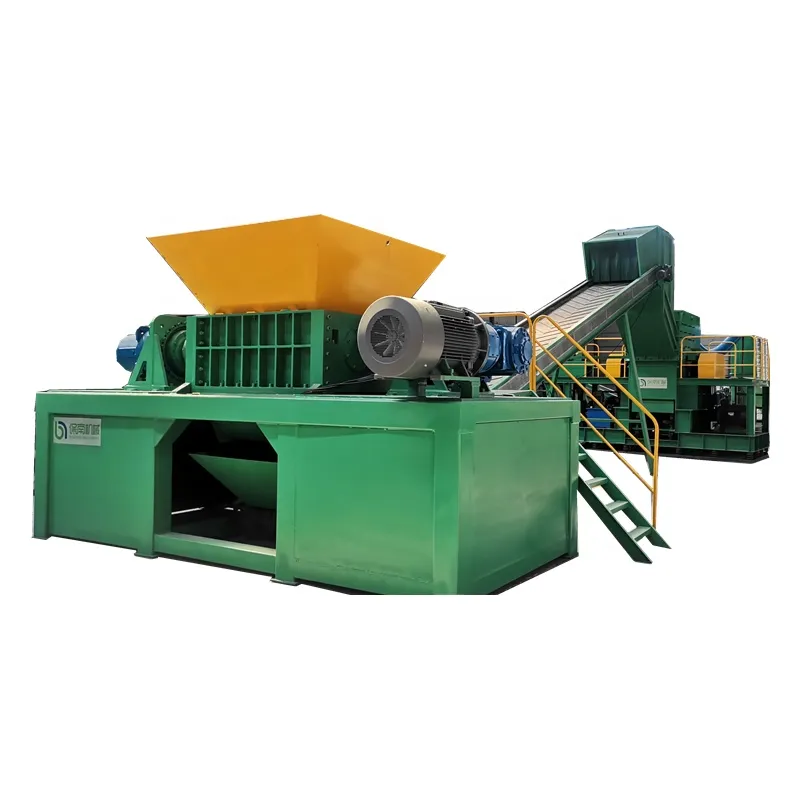The non-ferrous metal separator is a pivotal tool in the recycling and manufacturing industries, offering a precise and efficient method to separate valuable non-ferrous metals from waste or mixed materials. Its functionality is crucial for improving material purity, enhancing product quality, and heightening operational efficiency.

Understanding the mechanics and applications of non-ferrous metal separators is integral for industry stakeholders seeking to optimize their processes. These separators utilize advanced eddy current technology, which employs a powerful magnetic field to repel non-ferrous metals and differentiate them from other materials. Unlike traditional magnetic separation methods, which only attract ferrous metals, eddy current separators specifically target metals such as aluminum, copper, and brass. This capability makes them indispensable for industries ranging from waste management to mining.
Drawing from extensive industry experience, operators report substantial improvements in recovery rates and product purity. For instance, recycling facilities have observed up to a 30% enhancement in non-ferrous metal recovery by integrating these separators into their systems. This not only increases profitability but also contributes to environmental sustainability by ensuring that valuable resources are efficiently reclaimed and re-enter the manufacturing cycle.

From an expertise standpoint, understanding the various configurations and settings of non-ferrous metal separators can significantly impact their performance. Advanced models offer adjustable frequencies and customizable speed settings, allowing operators to fine-tune the separation process according to the specific requirements of the material being processed. Such adaptability ensures that the separator can handle diverse material compositions and particle sizes, making it a versatile solution for various applications.
Non-ferrous metal separators are engineered to uphold high standards of authoritativeness and reliability. Leading manufacturers continually innovate, incorporating durable materials and cutting-edge technology to withstand the rigorous demands of industrial environments. This commitment to quality assures stakeholders of the equipment's long-term efficacy and reliability, even under challenging operational conditions.
non ferrous metal separator
Trustworthiness is further reinforced by the transparent reporting and documentation provided by suppliers. Detailed performance reports, user testimonials, and case studies offer valuable insights into the separator's operational benefits and cost-effectiveness. Additionally, comprehensive warranties and supportive customer service enhance user confidence, ensuring that all inquiries and potential issues are addressed promptly and professionally.
It is essential to stress the importance of regular maintenance and calibration to maintain optimal separator performance. Routine inspections and cleaning prevent wear and tear, while periodic calibrations ensure the machine continues to operate at peak efficiency. Manufacturers typically offer training and support to empower users with the skills necessary to conduct these tasks effectively, thus prolonging equipment lifespan and preserving the accuracy of metal separation.
Incorporating a non-ferrous metal separator into your operations not only enhances productivity but also aligns with global sustainability goals. By efficiently sorting and recovering non-ferrous metals, businesses contribute to reducing the environmental impact of mining new materials, promoting the circular economy, and mitigating environmental degradation.
In conclusion, the non-ferrous metal separator stands as a cornerstone of modern recycling and manufacturing processes, offering exceptional benefits in terms of material recovery, operational efficiency, and environmental responsibility. Its advanced technology, coupled with industry expertise and a commitment to reliability and trustworthiness, positions it as an indispensable asset for organizations aiming to optimize their material processing capabilities.


